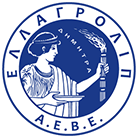- +40 372 904 291
- +40 372 904 291
- info@hellagrolip.ro
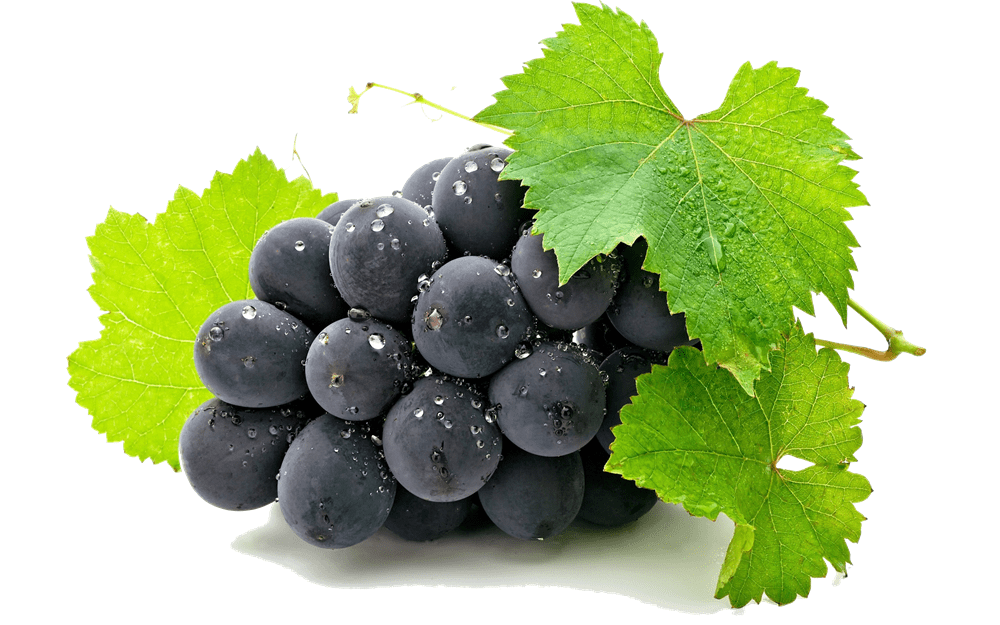
Vita de vie este usor adaptabila si tinde sa produca recolte satisfacatoare in majoritatea tipurilor de sol. Acestea sunt favorizate de soluri bine drenate, cu textura usoara, in cazul in care conditiile sunt favorabile cresterii sistemului radacinos si productiei de struguri si vin de inalta calitate. Soiurile de struguri de masa produc recolte de calitate mai ridicata in solurile cu textura si fertilitate medie, soluri mai adanci si umede in zonele de campie si de coasta.
Solurile foarte fertile argiloase si bogate in substante organice produc recolte marite dar intarziate si de o calitate mai scazuta in timp ce, in multe cazuri, exista o scadere pronuntata a infloririi si a fructelor, datorita concurentei cu vegetatia.
In ceea ce priveste caracteristicile lor chimice, acestea sunt favorizate de solurile neutre cu un Ph de 6.5 – 7.5; cu toate acestea pot continua sa creasca fara probleme deosebite unde Ph-ul este marit (4.5 – 8.5).
Sistemul radacinos al vitei de vie este destul de extins si activ de la inceputul primaverii si pana la sfarsitul toamnei-timp suficient pentru a absorbi elementele ferilizante esentiale. Cu toate acestea, atat eliminarea nutrientilor prin productie, cat si exploatarea intensiva a vitei de vie fac din fertilizare un imperativ si o conditie necesara pentru imbunatatirea cantitativa si calitativa a productiei.
Prin urmare, in functie de conditiile climatice, de sol ale regiunii, de tipul, varsta si sarcina incarcatura anuala a podgoriei, este posibila determinarea nevoilor nutritionale si elaborarea tabelelor din care se pot trage concluzii si se pot planifica directii generale pentru fertilizarea anuala a stocurilor.
| Necesarul anual de nutrienti in kg/ha | |||||
|---|---|---|---|---|---|
| Tip | (N) | (P2O5) | (K2O) | (CaO) | (MgO) |
| Struguri de vin | 70 – 120 | 40 – 60 | 150 – 180 | 100 – 150 | 30 – 50 |
| Struguri de stafide | 120 – 170 | 50 – 80 | 200 – 250 | 130 – 180 | 40 – 70 |
| Struguri de masa | 150 – 220 | 60 – 80 | 200 – 280 | 150 – 200 | 60 – 80 |
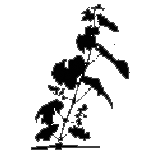
Aceasta este o perioada de timp in care rata de incorporare a nutrientilor de catre radacini si capacitatea de sinteza a frunzelor nu sunt suficiente pentru a acoperi nevoile nutritionale crescute ale culturii.
In aceasta etapa, dezvoltarea continua se bazeaza exclusiv pe circulatia substantelor depozitate din organele mai vechi, cum ar fi trunchiul si radacinile si pe caracterul adecvat al nutrientilor adaugati in timpul iernii prin fertilizarea de baza a podgoriei.
In primele etape ale incoltirii, azotul joaca un rol esential in dezvoltarea normala a plantei. Treptat, pe masura ce rezervele aproape infloresc,cerintele nutritionale ale acestora cresc si se extind la alti nutrienti , cum ar fi Fosforul (P), Potasiul (K) si Calciu (Ca). Oligoelementele (Fierul, Borul si Zincul) sunt de asemenea foarte importante in aceasta etapa, deoarece participa activ la toate procesele metabolice, de la incoltire la fixarea fructelor.

Aceasta etapa incepe imediat dupa polenizare cu formarea boabelor tinere, continuand cu cresterea rapida in dimensiune si greutate si se completeaza cu inceputul maturarii si cu dezvoltarea coloristicii variate si stralucite in cazul soiurilor albe.
Starea nutritionala a rezervelor in aceasta perioada afecteaza semnificativ productia finala, deoarece rata de consum a nutrientilor este maximizata.
In aceasta etapa, vitele de vie prezinta cerinte mai mari de Azot (N) decat in oricare alta etapa a ciclului anual.
Necesarul de Potasiu (K) al acestuia este ridicat si creste progresiv pe masura ce boabele se apropie de faza de lustruire, in timp ce cerintele privind Fosforul (P) sunt, de asemenea mari si in continua crestere.
Aprovizionarea cu Azot, Fosfor si Potasiu dupa fixarea fructelor este indispensabila pentru culturile cu recolte mari, in soiurile cu struguri destinate uscarii si in podgoriile cu varietati mari si intense, din cauza sarcinii ridicate si a nevoilor suplimentare create de interventiile cu organisme de reglare a cresterii plantelor.
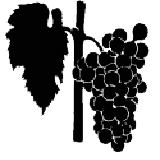
In aceasta etapa, alungirea lastarilor se opreste, boabele isi dubleaza greutatea, acizii devin zaharuri si apare coloritul tipic soiului.
Este perioada in care cerintele de Azot ale vitei de vie scad rapid; desi cerintele privind Potasiul (K) cresc in mod semnificativ, ceea ce duce la aparitia unor deficiente temporare in anii de supraproductie, din cauza unor cantitati mari de Potasiu (K) de la frunze la boabe si a participarii sale in procesul de sintetizare a substantelor stocate.
In podgoriile irigate, in care scopul este obtinerea unei concentratii ridicata de zaharuri intr-o varietate cat mai mare de soiuri de masa, fetilizarea cu potasiu ar trebui sa fie o tehnica de cultivare standard in aceasta etapa, pentru a obtine recolte mari si calitative.
Obiectivul fertilizarii de baza este satisfacerea nevoilor crescute de nutrienti, atat in stadiile incipiente ale cresterii rapide a lastarilor si a formarii de inflorescenta, cat si in cele ulterioare, in perioada de crestere rapida si coacere a boabelor.
Cantitatea si rata de nutrienti furnizate prin fertilizarea de baza sunt determinate de caracteristicile solului, tipul, varsta si orientarea productiei podgoriei.
Timpul precis de fertilizare este determinat de tipul si caracteristicile solului si de datele meteorologice ale zonei.
Depending on the type and characteristics of the soil, it is recommended either to apply complex multi-nutrient fertilizers with nanopolymer technology (Ωmega fert), which prevent the immobilization of nutrients in the soil and increase their availability in the crop for a long time, or stabilized fertilizers (NutrActive), which allow for basic fertilizing to be done all at once in mid-winter, ensuring adequate rainfall for the movement of P and K in the soil, as well as the protection of nitrogen from leaching.
| Fertilizarea vitei de vie | ||
|---|---|---|
| Tipul de ingrasamant | Etapa de aplicare | Dozaj (kg/ha) |
|
NutrActive special 12-12-17 (+30) +2MgO +TE NutrActive magni-plus 14-7-14 (+25) +4MgO +0,1Fe +0,1Zn NutrActive triple-S 15-15-15 (+25) Ωmega fert 12-8-17 (+30) +2MgO +2CaO +TE Ωmega fert 14-8-18 (+30) +2MgO +TE Ωmega fert 14-18-14 (+27) Complefert extra 12-10-20 (+28) +2MgO +ΤΕ Complefert CalMag 8-12-18 (+35) +3MgO +3CaO +TE Complefert blue-star 12-12-17 (+30) +2MgO +TE Complefert magni-plus 14-7-14 (+25) +4MgO +0,1Fe +0,1Zn |
Fertilizarea de baza (December – February) |
600 -1200 kg |
* Dozele mentionate sunt orientative. In cee ace priveste fertilizarea culturilor, trebuie luat in considerare avizul agronomilor locali.
The dry vineyards for the production of higher quality wines, due to their low load and quality
orientation, do not receive surface fertilization but only foliar applications of Phosphorus and
Trace Elements at the same time as plant protection sprays.
In highly productive irrigated vineyards, surface fertilization is imperative to cover the
increased needs of Nitrogen, Phosphorus and Potassium, so that the vines can cope with the
rapid growth and ripening of the grapes and favor the earliness and quality characteristics of the
production.
It is recommended to use Nitrogen fertilizers (Ωmega 26N & NutrActive) or complex multi-
nutrient fertilizers, such as Complefert, which offer harmonious and prolonged nutrition of the
vine from the growth phase of the berries to the later stages of ripening.
| Fertilizarea vitei de vie | ||
|---|---|---|
| Tipul de ingrasamant | Etapa de aplicare | Dozaj (kg/ha) |
NutrActive 27N 27-0-0 (+27) | (Mai – Iunie) Fertilizare la suprafata a podgoriilor irigate Varietati de struguri de vin&de masa&stafide (Iunie – August) | 200-300 kg |
| Complefert blue-star 12-12-17 (+30) +2MgO +TE Complefert extra 12-10-20 (+20) +2MgO +TE Complefert CalMag 8-12-18 (+35) +3MgO +3CaO +TE | 200-400 kg | |
* Dozele mentionate sunt orientative. In cee ace priveste fertilizarea culturilor, trebuie luat in considerare avizul agronomilor locali.
 Amorteala Jan.-Feb. |
 Cresterea rapida a boabelor (Mai – Iunie) |
 Lustruirea Junie-Julie |
|
|---|---|---|---|
| Podgoriile de masa irigate | NutrActive Ωmega fert Complefert | NutrActive Ωmega 26N Novacan stabil Fertammon special | Complefert |
| Podgoriile de vin irigate | NutrActive Ωmega fert Complefert | NutrActive Ωmega 26N Novacan stabil Fertammon special | Complefert |
| Podgoriile neirigate | NutrActive Ωmega fert Complefert |
Basic fertilizers
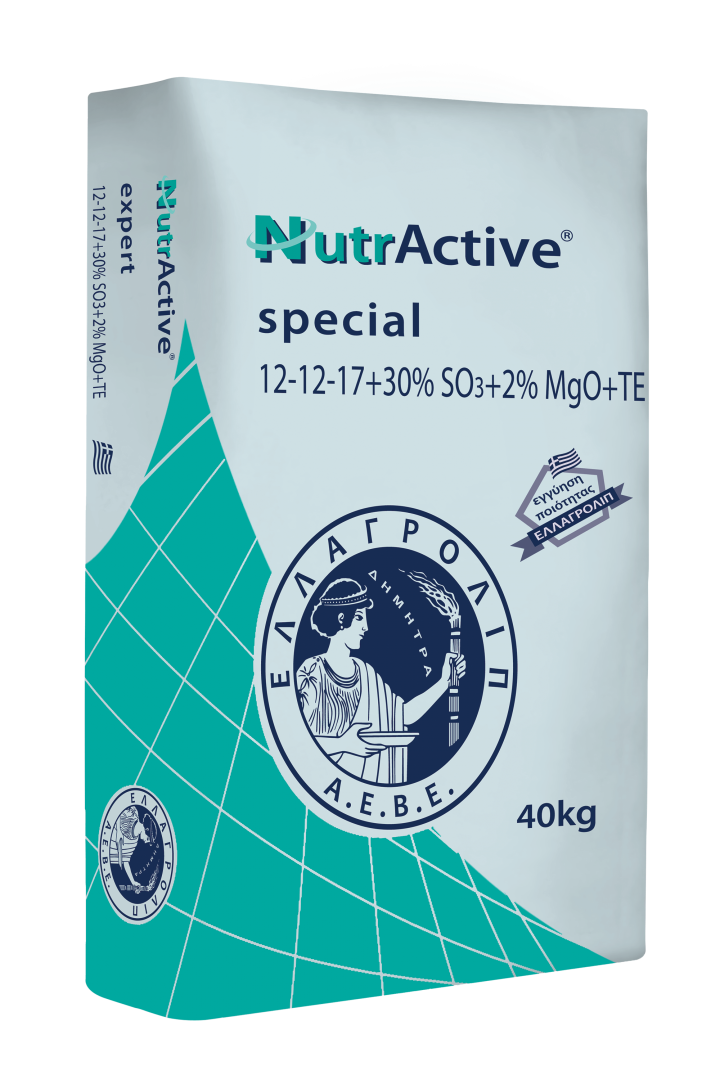
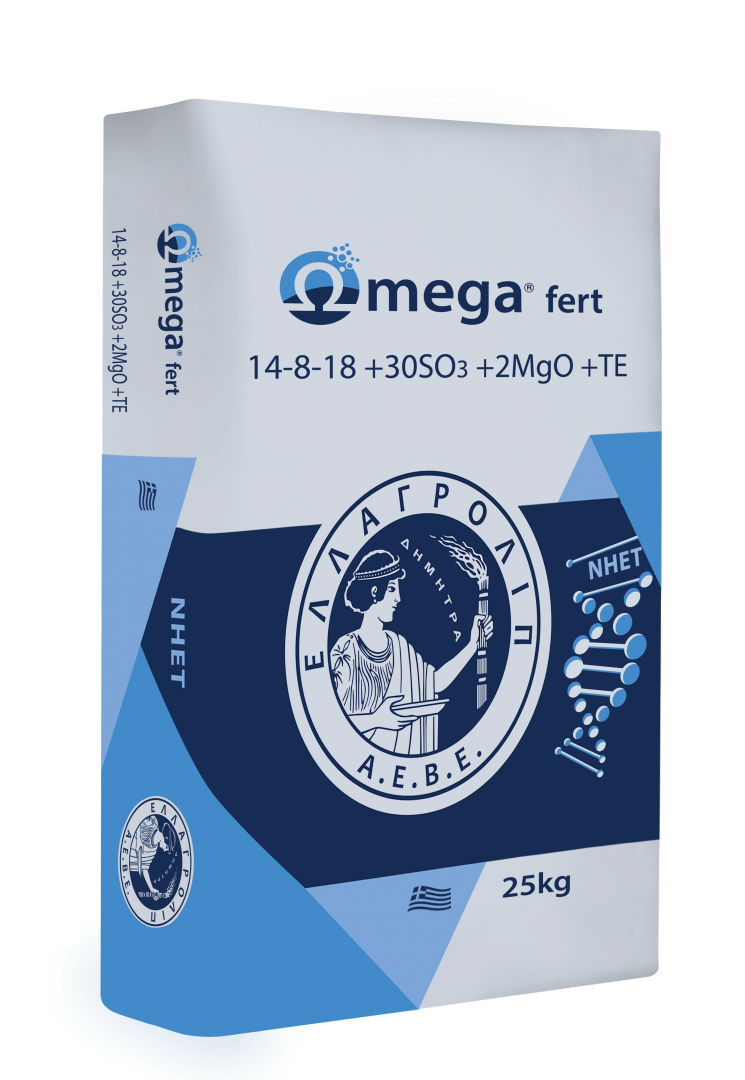
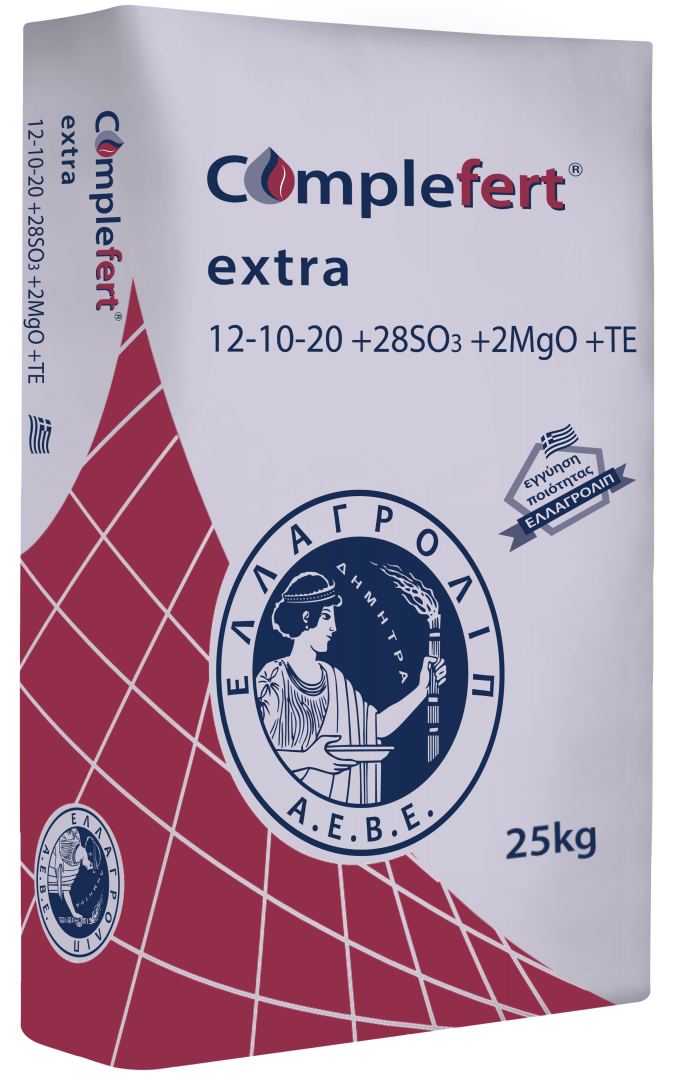
Ingrasaminte de suprafata
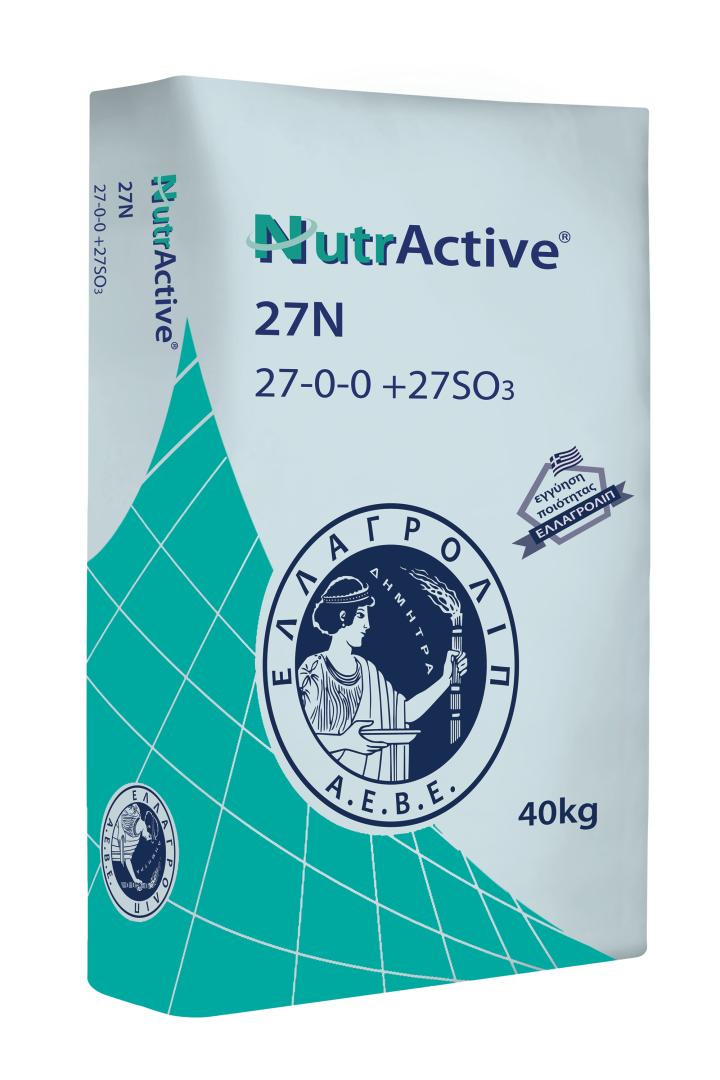
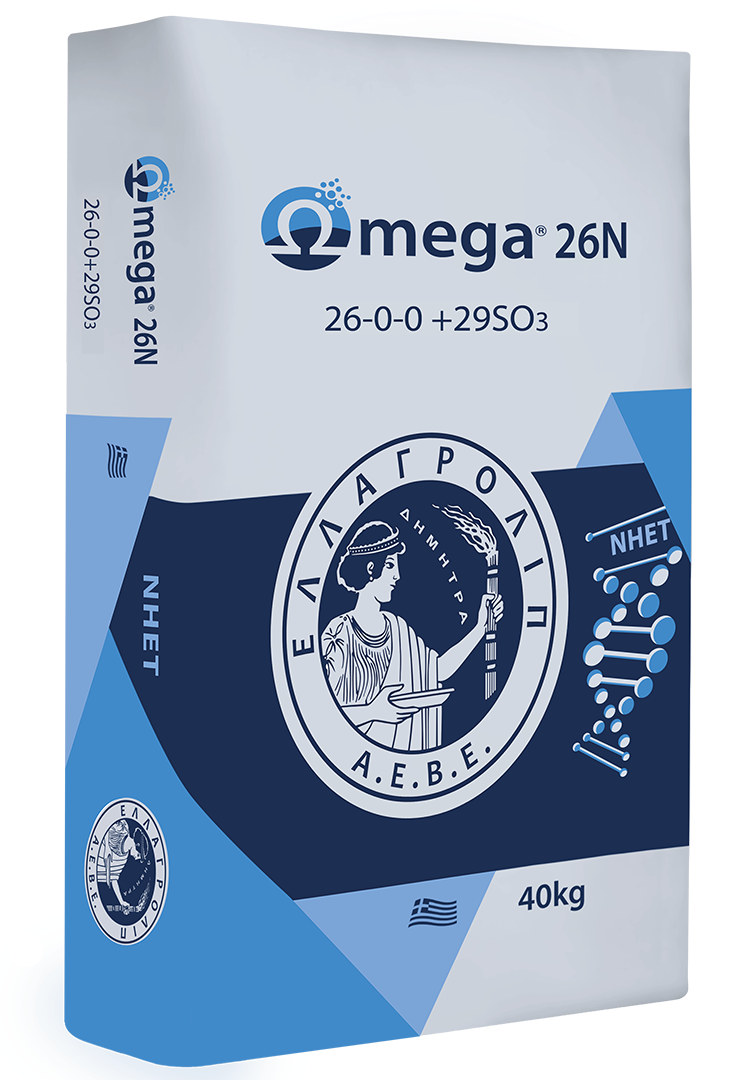
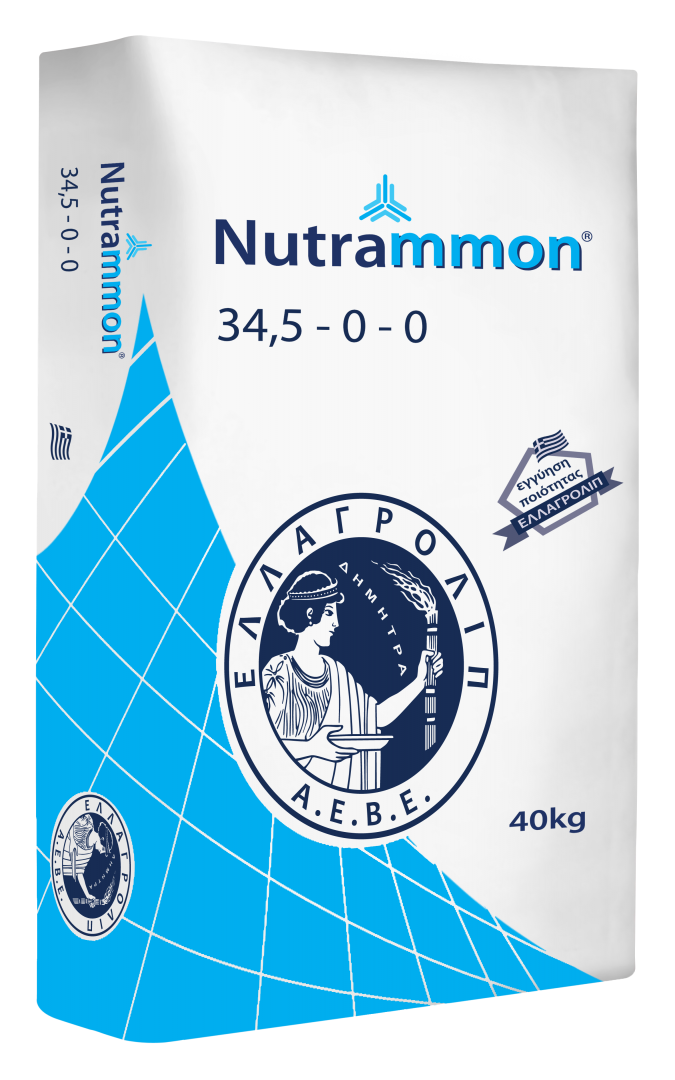
Vita de vie este usor adaptabila si tinde sa produca recolte satisfacatoare in majoritatea tipurilor de sol. Acestea sunt favorizate de soluri bine drenate, cu textura usoara, in cazul in care conditiile sunt favorabile cresterii sistemului radacinos si productiei de struguri si vin de inalta calitate. Soiurile de struguri de masa produc recolte de calitate mai ridicata in solurile cu textura si fertilitate medie, soluri mai adanci si umede in zonele de campie si de coasta.
Solurile foarte fertile argiloase si bogate in substante organice produc recolte marite dar intarziate si de o calitate mai scazuta in timp ce, in multe cazuri, exista o scadere pronuntata a infloririi si a fructelor, datorita concurentei cu vegetatia.
In ceea ce priveste caracteristicile lor chimice, acestea sunt favorizate de solurile neutre cu un Ph de 6.5 – 7.5; cu toate acestea pot continua sa creasca fara probleme deosebite unde Ph-ul este marit (4.5 – 8.5).
Sistemul radacinos al vitei de vie este destul de extins si activ de la inceputul primaverii si pana la sfarsitul toamnei-timp suficient pentru a absorbi elementele ferilizante esentiale. Cu toate acestea, atat eliminarea nutrientilor prin productie, cat si exploatarea intensiva a vitei de vie fac din fertilizare un imperativ si o conditie necesara pentru imbunatatirea cantitativa si calitativa a productiei.
Prin urmare, in functie de conditiile climatice, de sol ale regiunii, de tipul, varsta si sarcina incarcatura anuala a podgoriei, este posibila determinarea nevoilor nutritionale si elaborarea tabelelor din care se pot trage concluzii si se pot planifica directii generale pentru fertilizarea anuala a stocurilor.
| Necesarul anual de nutrienti in kg/ha | |||||
|---|---|---|---|---|---|
| Tip | (N) | (P2O5) | (K2O) | (CaO) | (MgO) |
| Struguri de vin | 70 – 120 | 40 – 60 | 150 – 180 | 100 – 150 | 30 – 50 |
| Struguri de stafide | 120 – 170 | 50 – 80 | 200 – 250 | 130 – 180 | 40 – 70 |
| Struguri de masa | 150 – 220 | 60 – 80 | 200 – 280 | 150 – 200 | 60 – 80 |

Aceasta este o perioada de timp in care rata de incorporare a nutrientilor de catre radacini si capacitatea de sinteza a frunzelor nu sunt suficiente pentru a acoperi nevoile nutritionale crescute ale culturii.
In aceasta etapa, dezvoltarea continua se bazeaza exclusiv pe circulatia substantelor depozitate din organele mai vechi, cum ar fi trunchiul si radacinile si pe caracterul adecvat al nutrientilor adaugati in timpul iernii prin fertilizarea de baza a podgoriei.
In primele etape ale incoltirii, azotul joaca un rol esential in dezvoltarea normala a plantei. Treptat, pe masura ce rezervele aproape infloresc,cerintele nutritionale ale acestora cresc si se extind la alti nutrienti , cum ar fi Fosforul (P), Potasiul (K) si Calciu (Ca). Oligoelementele (Fierul, Borul si Zincul) sunt de asemenea foarte importante in aceasta etapa, deoarece participa activ la toate procesele metabolice, de la incoltire la fixarea fructelor.

Aceasta etapa incepe imediat dupa polenizare cu formarea boabelor tinere, continuand cu cresterea rapida in dimensiune si greutate si se completeaza cu inceputul maturarii si cu dezvoltarea coloristicii variate si stralucite in cazul soiurilor albe.
Starea nutritionala a rezervelor in aceasta perioada afecteaza semnificativ productia finala, deoarece rata de consum a nutrientilor este maximizata.
In aceasta etapa, vitele de vie prezinta cerinte mai mari de Azot (N) decat in oricare alta etapa a ciclului anual.
Necesarul de Potasiu (K) al acestuia este ridicat si creste progresiv pe masura ce boabele se apropie de faza de lustruire, in timp ce cerintele privind Fosforul (P) sunt, de asemenea mari si in continua crestere.
Aprovizionarea cu Azot, Fosfor si Potasiu dupa fixarea fructelor este indispensabila pentru culturile cu recolte mari, in soiurile cu struguri destinate uscarii si in podgoriile cu varietati mari si intense, din cauza sarcinii ridicate si a nevoilor suplimentare create de interventiile cu organisme de reglare a cresterii plantelor.

In aceasta etapa, alungirea lastarilor se opreste, boabele isi dubleaza greutatea, acizii devin zaharuri si apare coloritul tipic soiului.
Este perioada in care cerintele de Azot ale vitei de vie scad rapid; desi cerintele privind Potasiul (K) cresc in mod semnificativ, ceea ce duce la aparitia unor deficiente temporare in anii de supraproductie, din cauza unor cantitati mari de Potasiu (K) de la frunze la boabe si a participarii sale in procesul de sintetizare a substantelor stocate.
In podgoriile irigate, in care scopul este obtinerea unei concentratii ridicata de zaharuri intr-o varietate cat mai mare de soiuri de masa, fetilizarea cu potasiu ar trebui sa fie o tehnica de cultivare standard in aceasta etapa, pentru a obtine recolte mari si calitative.
Obiectivul fertilizarii de baza este satisfacerea nevoilor crescute de nutrienti, atat in stadiile incipiente ale cresterii rapide a lastarilor si a formarii de inflorescenta, cat si in cele ulterioare, in perioada de crestere rapida si coacere a boabelor.
Cantitatea si rata de nutrienti furnizate prin fertilizarea de baza sunt determinate de caracteristicile solului, tipul, varsta si orientarea productiei podgoriei.
Timpul precis de fertilizare este determinat de tipul si caracteristicile solului si de datele meteorologice ale zonei.
Depending on the type and characteristics of the soil, it is recommended either to apply complex multi-nutrient fertilizers with nanopolymer technology (Ωmega fert), which prevent the immobilization of nutrients in the soil and increase their availability in the crop for a long time, or stabilized fertilizers (NutrActive), which allow for basic fertilizing to be done all at once in mid-winter, ensuring adequate rainfall for the movement of P and K in the soil, as well as the protection of nitrogen from leaching.
| Fertilizarea vitei de vie | ||
|---|---|---|
| Tipul de ingrasamant | Etapa de aplicare | Dozaj (kg/ha) |
|
NutrActive special 12-12-17 (+30) +2MgO +TE NutrActive magni-plus 14-7-14 (+25) +4MgO +0,1Fe +0,1Zn NutrActive triple-S 15-15-15 (+25) Ωmega fert 12-8-17 (+30) +2MgO +2CaO +TE Ωmega fert 14-8-18 (+30) +2MgO +TE Ωmega fert 14-18-14 (+27) Complefert extra 12-10-20 (+28) +2MgO +ΤΕ Complefert CalMag 8-12-18 (+35) +3MgO +3CaO +TE Complefert blue-star 12-12-17 (+30) +2MgO +TE Complefert magni-plus 14-7-14 (+25) +4MgO +0,1Fe +0,1Zn |
Fertilizarea de baza (December – February) |
600 -1200 kg |
* Dozele mentionate sunt orientative. In cee ace priveste fertilizarea culturilor, trebuie luat in considerare avizul agronomilor locali.
The dry vineyards for the production of higher quality wines, due to their low load and quality
orientation, do not receive surface fertilization but only foliar applications of Phosphorus and
Trace Elements at the same time as plant protection sprays.
In highly productive irrigated vineyards, surface fertilization is imperative to cover the
increased needs of Nitrogen, Phosphorus and Potassium, so that the vines can cope with the
rapid growth and ripening of the grapes and favor the earliness and quality characteristics of the
production.
It is recommended to use Nitrogen fertilizers (Ωmega 26N & NutrActive) or complex multi-
nutrient fertilizers, such as Complefert, which offer harmonious and prolonged nutrition of the
vine from the growth phase of the berries to the later stages of ripening.
| Fertilizarea vitei de vie | ||
|---|---|---|
| Tipul de ingrasamant | Etapa de aplicare | Dozaj (kg/ha) |
NutrActive 27N 27-0-0 (+27) | (Mai – Iunie) Fertilizare la suprafata a podgoriilor irigate Varietati de struguri de vin&de masa&stafide (Iunie – August) | 200-300 kg |
| Complefert blue-star 12-12-17 (+30) +2MgO +TE Complefert extra 12-10-20 (+20) +2MgO +TE Complefert CalMag 8-12-18 (+35) +3MgO +3CaO +TE | 200-400 kg | |
* Dozele mentionate sunt orientative. In cee ace priveste fertilizarea culturilor, trebuie luat in considerare avizul agronomilor locali.
 Amorteala Jan.-Feb. |  Cresterea rapida a boabelor (Mai – Iunie) |  Lustruirea Junie-Julie | |
|---|---|---|---|
| Podgoriile de masa irigate | NutrActive Ωmega fert Complefert | NutrActive Ωmega 26N Novacan stabil Fertammon special | Complefert |
| Podgoriile de vin irigate | NutrActive Ωmega fert Complefert | NutrActive Ωmega 26N Novacan stabil Fertammon special | Complefert |
| Podgoriile neirigate | NutrActive Ωmega fert Complefert |
Basic fertilizers



Ingrasaminte de suprafata



